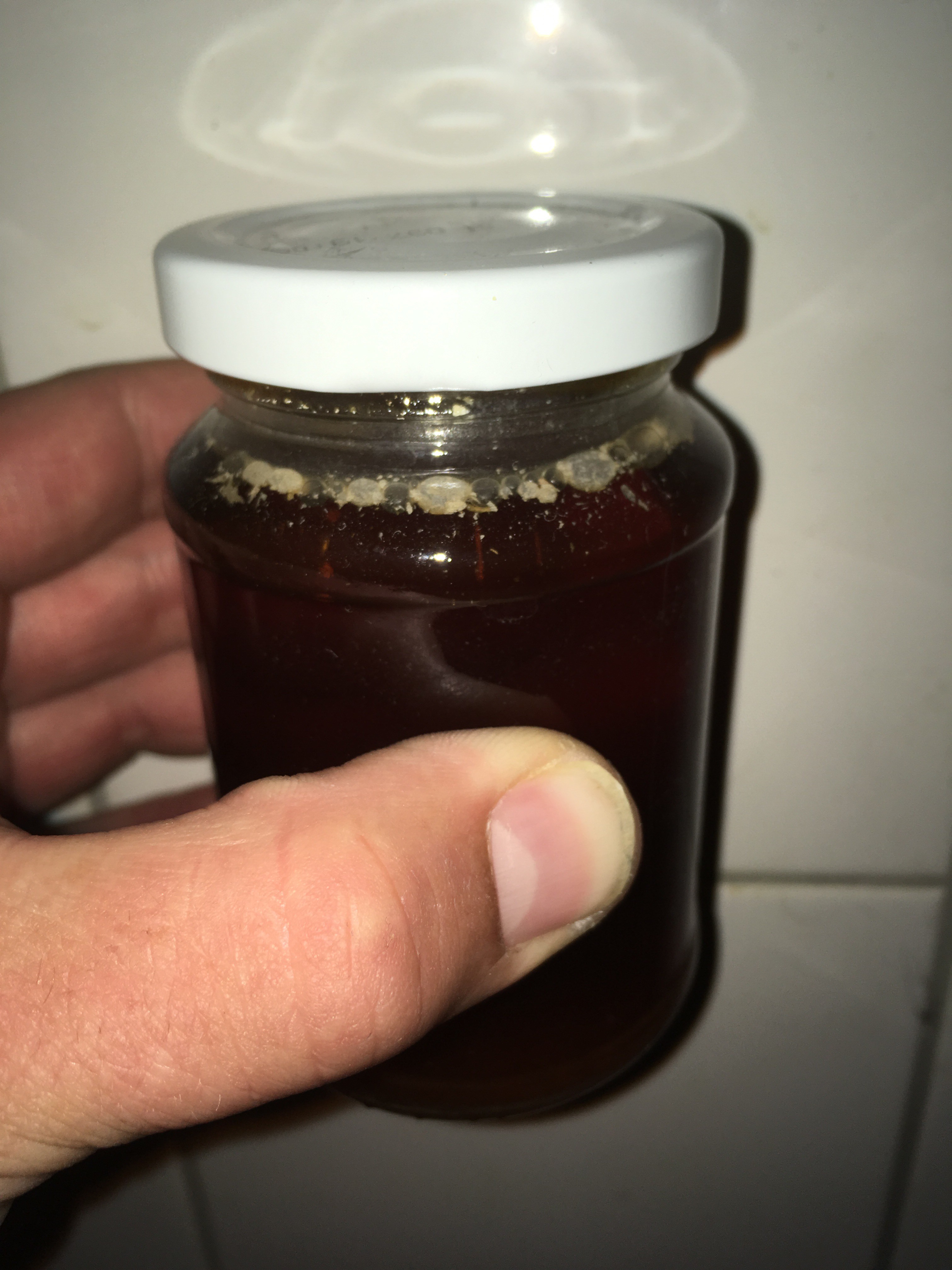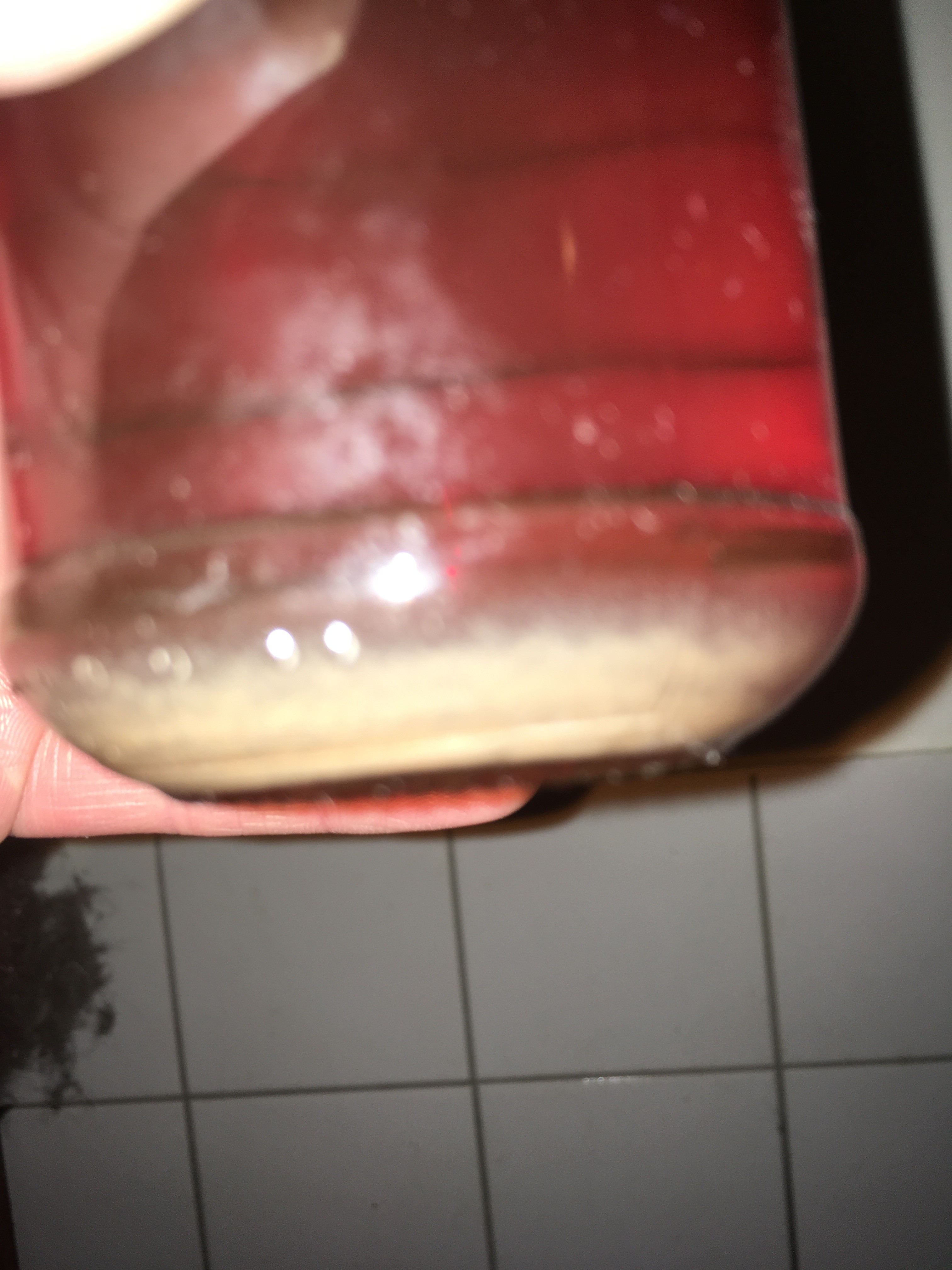There is a very distinct smell that the stoppers now have after being used on the infected batch. I even boiled the stoppers for 15 minutes. The next day, they still had the smell. I can't imagine anything surviving that, and maybe the odor is not a good measure of whether it is teeming with life, but it worries me enough.
Speaking of boiling things. I tried boiling just about everything, MINUS the auto siphon and thief. The only thing that didn't work out was the plastic airlock. The tubing was fine, as I said the stoppers, hard plastics and glass I have been using for microscopy reasons, metal fittings for the plumping...
is there any reason NOT to boil tubing? I mean, if it holds up during the boiling, is there anything to worry about? If not, I might do this every now and again.
I made a huge mistake though placing my carboy in my 16 gal kettle to boil. I've gotten to the point where my paranoia of infection has taken over. I put water in the kettle, and water in the carboy and placed that in the kettle. I figure that bringing it all to a boil together would prevent the glass from breaking. Well, I forgot that the carboy touching the bottom of the kettle, which is directly heated by the flame, would be a problem. That thing was loud when the bottom bust apart.




